
Chief legal officer | Web3Foundation




Daniel Schoenberger
Chief legal officer | Web3Foundation
Focus On…Web3: The decentralised web
The goal of Web3 is to create a new internet infrastructure that could provide users with a meaningful alternative to today’s experience. This internet continues to provide the features and benefits they expect from the Web 2.0 world but in a more secure, privacy-protecting format. Web 3.0 or Web3 describe a decentralised, trustless, serverless internet where users control their data, identity, and destiny. The Web3 Foundation’s official mission is to imagine a web that would remove the human conflict of interest between providers and consumers of online content and applications.
One way to create such a decentralised web is by using blockchain technology, with Polkadot as the optimal design implementation. Polkadot is the Web3 Foundation’s flagship project, operating one layer below incumbents like Ethereum or Bitcoin. Polkadot is a base layer blockchain that allows you to create your blockchain tailored to your needs. Similar to how HTTPS provided rails for communication in Web 2.0, Polkadot enables blockchain interoperability and cross-blockchain communications in Web3. Projects built on top of Polkadot benefit from pooled security, transparency and interoperability between blockchains. Something that has not been possible up until now. In other words, you do not need to trust others to deliver their part of the deal. It rids us of the need for information intermediation.
Even though Web3 is still connotated predominantly with DeFi and NFT projects, Polkadot has already demonstrated that it is capable of much more. While Polkadot ecosystem teams are certainly leading the industry forward with bleeding edge DeFi and NFT primitives, blockchains, and decentralised applications (apps) building on Polkadot span the full spectrum of what is possible with Web3 technology. For example, this includes Kilt, a self-sovereign identity platform; frequency, unlocking decentralised social networking at scale for the first time; InvArch, bringing intellectual property protection to the blockchain; Robonomics, a platform for controlling the Internet of Things (IoT) and real-world devices; Nodle, a decentralised network for IoT that incentivises users for turning their smartphones into nodes and provide connectivity for devices around them in a decentralised wireless network (DeWi); and Beatport.io, a collectable digital marketplace bringing electronic music culture to Web3.
Policymakers and regulators are watching the space closely. As an early mover, Switzerland provided legal certainty for crypto projects by means of the Distributed Ledger Technology Act. The EU has just finalised the Markets in Crypto Assets Regulation (MiCA). In the US, we are seeing very active ‘regulation by enforcement’ taken by the Securities and Exchange Commission (SEC), the Commodities Futures Trading Commission (CFTC) and also the Office of Foreign Assets Control (OFAC). Many other legislative pieces still pending or entering into force in Europe shortly will likely impact the nascent Web3 space. And Asia and Latin America are certainly soon to follow in some way—a truly intriguing area to be in as a lawyer.